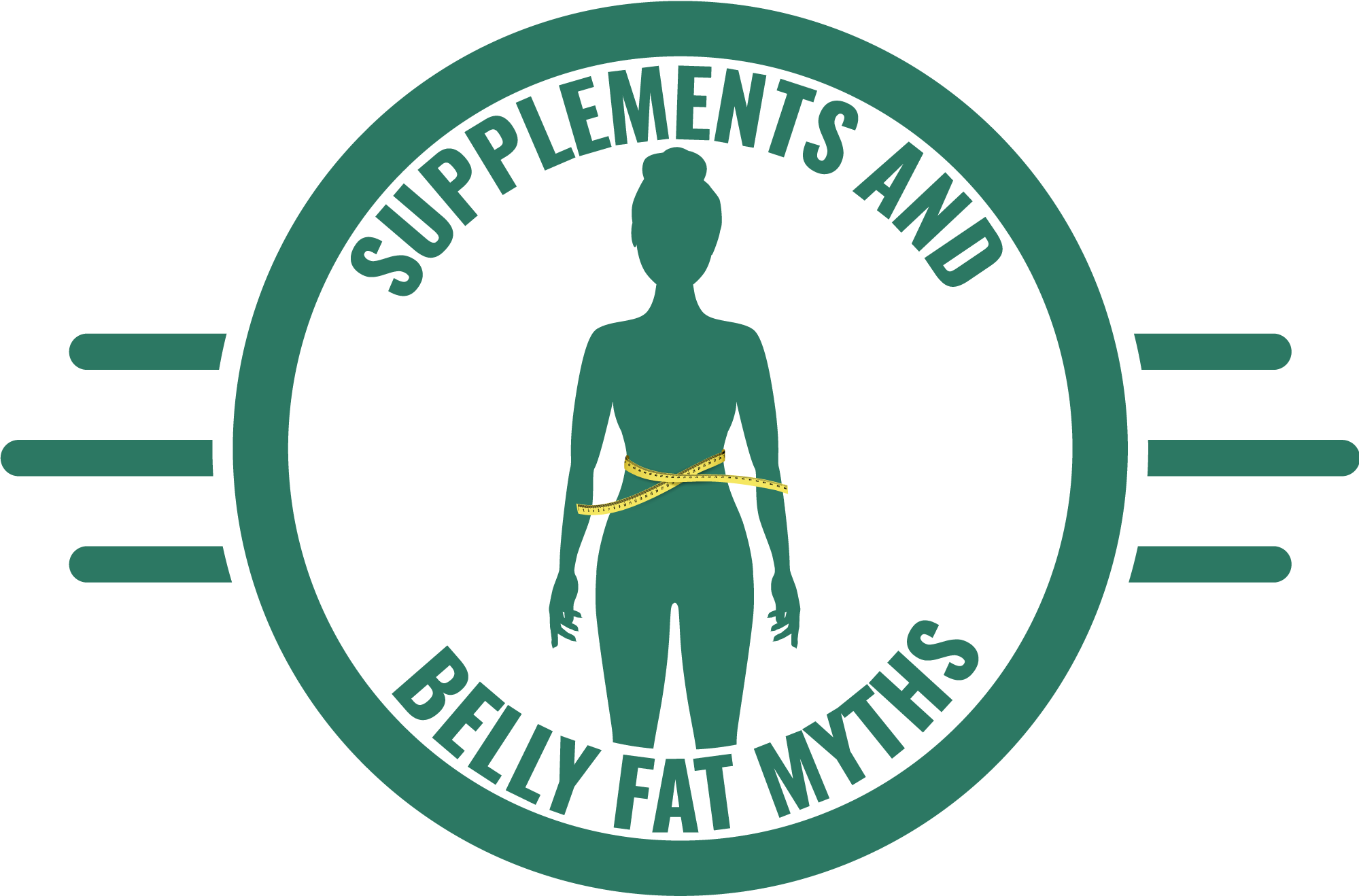Diabetes is when the level of your blood glucose, or blood sugar, gets too high. Your body uses glucose from food as energy. The pancreas makes a hormone called insulin. This insulin helps glucose enter your cells for energy. If you have diabetes, your body either lacks or cannot use insulin properly. This means glucose stays in your blood instead of reaching your cells.
High blood sugar can lead to serious problems. It can damage your eyes, kidneys, nerves, and heart. Some cancers are more likely if you have diabetes. But, you can lower these risks by preventing or managing diabetes carefully.
Key Takeaways
- Diabetes changes how your body turns food into energy.
- Insulin is critical for moving glucose from your blood into your cells for energy.
- Unmanaged diabetes may cause harm to your eyes, kidneys, and nerves.
- Changes in how you live, taking medicine, and checking blood sugar often are key for diabetes care.
- Preventing or managing diabetes well can reduce health risks.
Understanding Diabetes: The Basics
Diabetes is a long-lasting disease that changes how the body uses food for energy. It’s important to know the basics to manage it well. We will look at the types of diabetes, their causes, and risks.
What Is Diabetes?
Diabetes happens when blood sugar is too high. Insulin, a hormone, isn’t made enough or isn’t used well by the body.
Types of Diabetes
Type 1, type 2, and gestational are the most common diabetes types. With type 1, your body makes very little insulin and attacks its own insulin-making cells. Type 2 happens when your body doesn’t use insulin right, and sometimes not enough is produced.
Causes and Risk Factors
Being overweight, a family history, and certain backgrounds raise diabetes risk. A lazy lifestyle and poor diet also make type 2 diabetes more likely.
What Is Diabetes
Diabetes is a long-term illness. It changes the way your body uses energy from food. Your main energy source, glucose, comes from the food you eat. The pancreas makes a hormone called insulin. It helps glucose enter your cells for energy.
In diabetes, the body doesn’t use insulin well. So, glucose stays in your blood instead of reaching your cells. This can harm your heart, feet, eyes, and kidneys over time. Keeping your blood glucose in check is key to avoiding these health issues.
Blood Glucose and Insulin
Your body’s cells need glucose to work. The pancreas makes insulin to control blood glucose. Insulin moves glucose from your blood into your cells to use for energy. But, in diabetes, this process doesn’t work well.
Either the body doesn’t make enough insulin or can’t use it right. This leads to high blood glucose and insulin levels that are harmful.
Impact on the Body
Maintaining blood glucose and insulin levels is crucial. When not managed, diabetes can harm your eyes, kidneys, nerves, and heart. It can damage vital organs if left unchecked over time.
By making lifestyle changes, taking medication, and monitoring your health, you can prevent serious damage. This approach can delay or avoid vision loss, kidney issues, nerve pain, and heart problems.
Types of Diabetes
Diabetes is a complex condition with several types, each needing different care. The main types are type 1, type 2, and gestational diabetes.
Type 1 Diabetes
Type 1 diabetes is when the immune system attacks the pancreas. These attacks destroy insulin-making cells. Without insulin, blood sugar isn’t controlled. People with type 1 need insulin shots to stay healthy.
Type 2 Diabetes
Type 2 diabetes is the most common kind. Here, the body doesn’t use insulin well or doesn’t make enough. This issue raises blood sugar. It can often be managed with lifestyle changes, pills, and sometimes, insulin shots.
Gestational Diabetes
Gestational diabetes shows up during pregnancy. It happens when the body can’t keep up with insulin needs. Generally, it goes away after birth. But, those who’ve had it might develop type 2 diabetes later.
Prediabetes
Prediabetes means blood sugar is high but not high enough for type 2 diabetes. It’s a sign that type 2 risk is up. Luckily, it can often be turned around with weight loss, being active, and eating right.
Symptoms and Diagnosis
Spotting the common symptoms of diabetes early is key for good care. Feeling thirsty and peeing a lot might signal a blood sugar problem. You might also feel very tired, have trouble seeing clearly, and lose weight without trying.
Common Symptoms
The most common symptoms of diabetes include:
- Feeling thirsty and needing to pee often
- Being extremely tired
- Hazy vision
- Losing weight without trying
Diagnostic Tests
Doctors use blood tests to confirm diabetes. The A1C test looks at your average blood sugar for the last 2-3 months. They might also do a fasting plasma glucose test, checking your sugar after 8 hours without food. Other tests like the oral glucose tolerance or random plasma glucose tests can diagnose diabetes too.
| Diagnostic Test | Description |
|---|---|
| A1C Test | Averages blood sugar over the last 2-3 months |
| Fasting Plasma Glucose Test | Looks at blood sugar after an 8-plus hour fast |
| Oral Glucose Tolerance Test | Measures blood sugar spikes from a sugary drink |
| Random Plasma Glucose Test | Checks blood sugar levels at any time, fasting or not |
Finding diabetes early and managing it right can stop big health problems. Knowing the symptoms and getting tested early helps control the disease.

Managing Diabetes
Managing diabetes well needs a lot of work. People have to make lifestyle changes, take medications, and check their blood sugar often. With these steps, those with diabetes can keep their health in check and avoid big problems.
Lifestyle Changes
A healthy lifestyle is key to handling diabetes. It means staying at a healthy weight with regular exercise and good food choices. Doing 30 minutes of exercise most days helps your body work with insulin better and keeps your blood sugar level. Eating lots of fruits, veggies, whole grains, and lean meats, and cutting back on sugar and bad fats, helps too.
Medications and Insulin Therapy
For some, lifestyle changes are not enough. They also need medications and sometimes insulin to manage their blood sugar. Medicines like metformin can help the body use insulin better or make more. If insulin is needed, it can be given by shots or a pump. Doctors will closely watch how much you need and when.
Monitoring Blood Sugar Levels
Keeping an eye on your blood sugar is crucial. You can do this with simple fingerstick checks or with a continuous glucose monitor (CGM). This helps you make smart choices about food, activity, and medicine to keep your blood sugar in a healthy range. This helps prevent serious issues.
By doing all these parts of diabetes care, people can lead in managing their health. This leads to an overall better quality of life.
Complications of Diabetes
Diabetes can cause many health issues affecting different parts of the body. It’s important to control your blood sugar, blood pressure, and cholesterol. This helps avoid serious problems linked to diabetes.
Eye Complications
Diabetic retinopathy is a common eye issue from diabetes. It harms blood vessels in the eye and can cause vision loss. People with diabetes are more likely to get cataracts and glaucoma too. It’s vital to have regular eye check-ups and treat any problems fast.
Kidney Complications
Diabetes can damage the kidneys, leading to diabetic nephropathy. This might cause kidney disease and, in bad cases, kidney failure. It’s important to check your kidneys often with blood and urine tests to start treatment if needed.
Nerve Damage
Diabetes can harm nerves, known as diabetic neuropathy. It causes numbness, tingling, and pain in the hands and feet. This damage raises the risk of foot problems, which might need amputation. To help, make healthy lifestyle changes, take medications, and look after your feet well.
Cardiovascular Disease
Diabetes increases the chance of heart disease and stroke. This is because high blood pressure and cholesterol are more common in uncontrolled diabetes. You can lower these risks by living healthy and with proper medical care.

Prevention and Risk Reduction
You can’t always avoid diabetes, but there are steps to lower your risk. These steps include keeping a healthy weight and eating well.
Moving a lot and eating right is good for your health. Doing 30 minutes of exercise most days can keep your weight in check and make your body better at using insulin. Also, eating foods like fruits, vegetables, whole grains, and lean proteins, while watching how much sugar and bad fats you eat, can cut your diabetes risk.
Maintaining a Healthy Weight
Keeping your weight down is vital to ward off diabetes. If you’re overweight, you’re more likely to get type 2 diabetes. By staying at a healthy weight through exercise and a good diet, you can lower this risk a lot.
Regular Physical Activity
Exercising often is key to stopping diabetes. Try to exercise moderately for 30 minutes a day. This could be walking fast, swimming, or biking. It helps keep your weight normal, makes your body use insulin better, and lowers your blood sugar. All these lower your chances of getting diabetes.
Healthy Eating Habits
Eating well is very important to prevent diabetes. Eat lots of fruits, veggies, whole grains, and lean meats, and don’t eat too much sugar, white carbs, or bad fats. Choosing good foods keeps you at a healthy weight and makes your body work better, dropping your diabetes risk.
Conclusion
Diabetes is a serious health issue with no easy fix. It takes continuous effort to stay healthy. Knowing the types, causes, and symptoms of diabetes is critical. This knowledge helps people with diabetes manage their health well. It also lowers the risk of serious problems.
Managing diabetes well means making lifestyle changes that last. This includes keeping a healthy weight and being active. Eating well is also key. Taking medicines the right way and checking blood sugar often are vital steps. With effort and the right attitude, living well with diabetes is very possible.
The key is to keep learning about diabetes and take an active role in your health. By working with your doctor and making smart choices, diabetes can be kept under control. This way, its impact on daily life can be greatly reduced.
FAQ
What is diabetes?
Diabetes is a long-lasting disease affecting how your body uses energy from food. It happens when your blood sugar is too high. Glucose, from the food you eat, is what your body turns into energy. The pancreas makes insulin, a hormone that helps glucose enter your cells for energy. But, with diabetes, your body can’t make or use insulin well, leaving too much glucose in your blood.
What are the main types of diabetes?
There are three main types: type 1, type 2, and gestational diabetes. In type 1, the body makes little or no insulin. Your immune system then attacks the insulin-making cells in your pancreas. For type 2, your body might not use insulin effectively, and your pancreas may also not produce enough insulin. Gestational diabetes occurs during pregnancy.
What are the causes and risk factors for developing diabetes?
Being overweight, having a family history, and certain ethnic backgrounds increase your diabetes risk. The disease is also connected to some cancers. Staying at a healthy weight, staying active, and eating well are key to lowering the risk.
What are the common symptoms of diabetes?
Signs of diabetes include feeling more thirsty and needing to use the bathroom more often. You may also feel very tired, see poorly, and lose weight without trying. Tests like the A1C or blood glucose tests help diagnose diabetes.
How is diabetes managed and treated?
Managing diabetes includes lifestyle changes, medications, and possibly insulin. Keeping a healthy weight, being active, and eating a smart diet help control your blood sugar. It may also involve pills or insulin. Checking your blood sugar often is critical to staying ahead of the disease. You can also use Blood Sugar Formula.
What are the potential complications of uncontrolled diabetes?
Uncontrolled diabetes can cause eye problems, kidney harm, and nerve damage. It also raises the risk of heart disease, such as heart attacks and strokes.
How can I prevent or reduce my risk of developing diabetes?
Though not always preventable, you can lower your diabetes risk. Staying at a healthy weight by being active and eating well is crucial. Regular exercise and a balanced diet that’s rich in fruits, veggies, and whole grains but low in sugars and bad fats are important.



